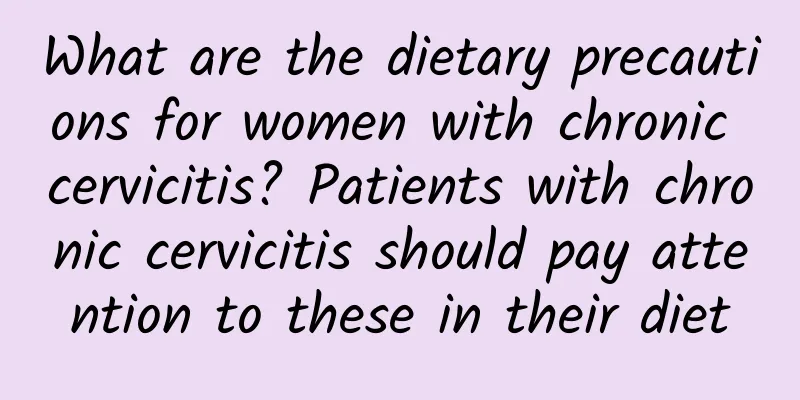How to care for patients with perimenopausal functional uterine bleeding

|
Perimenopause is the transition period from menopause to 1 year after menopause. During this period, estrogen levels fluctuate or decrease, the sensitivity of follicles to gonadal hormones has decreased, and corpus luteum function is insufficient. It manifests as irregular menstrual cycles, prolonged menstruation, excessive menstrual flow, or irregular vaginal bleeding, which can easily lead to pelvic bleeding. Patients generally find it difficult to get correct information and necessary guidance. Therefore, it is of vital importance for patients to understand the care of perimenopausal functional uterine bleeding . Family care work should be carried out from the following aspects: (1) Psychological care: Listen patiently to the patient's complaints, understand the patient's concerns, and try to explain to the patient the psychological and physiological changes during the menopausal transition period so that the patient can understand the occurrence and development of the disease and understand that through treatment and psychological adjustment, the patient can better get through this period without causing great impact on the body. (2) Health education: ① Explain the purpose of blood transfusion and the relationship between bleeding and anemia, let the patient understand the necessity of blood transfusion, and tell the patient that the blood has been tested for hepatitis , syphilis, AIDS, etc. as required to eliminate the patient's concerns. ②Try to explain the cause of the disease, the nature of the disease, the treatment method and the time required, so that the patient has a basic understanding of the disease and eliminates fear. During treatment, the medicine should be taken on time and in the right amount, and it should not be stopped or missed at will. ③ After curettage, the patient should rest in bed to ensure adequate nutrition. It is recommended to eat foods rich in iron. |
<<: What symptoms may occur during perimenopause?
>>: Diagnosis of cervical erosion
Recommend
Hematogenous spread may generally lead to adnexitis
Hematogenous transmission may generally cause adn...
What medicine should I take for cervical precancerous lesions?
Cervical precancerous lesions are a common diseas...
How to treat bacterial vaginosis
What is the most effective way to treat bacterial...
The two main diagnostic methods for vulvar leukoplakia
Clinically, the diagnosis of vulvar leukoplakia i...
How is the effect of traditional Chinese medicine moxibustion in treating chronic cervicitis? Detailed explanation of the method of moxibustion in treating chronic cervicitis
Chronic cervicitis is a common gynecological dise...
How to prevent uterine prolapse
How to prevent uterine prolapse? It is very impor...
Fight against acquired obesity! The beauty witch coach showed off 4 tricks
Many obesity problems are not innate, but caused ...
How to prepare for pregnancy with irregular menstruation
Irregular menstruation is a very common phenomeno...
What are the common harmful manifestations of uterine fibroids?
Among gynecological diseases, I believe most peop...
Don’t take persistent dysmenorrhea lightly
There are many factors that lead to dysmenorrhea....
Treatment of pregnancy complicated with uterine fibroids
The incidence of uterine fibroids combined with p...
What harm does repeated abortion do to the uterus? How can women prevent uterine infertility through diet?
The uterus is very fragile, which leads to abnorm...
Can endometrial hyperplasia turn into cancer? Nutritionist Huang Xiaotong: 5 dietary tips to prevent cancer
Will endometrial hyperplasia really progress to e...
What are the dietary taboos for cervical erosion?
The number of patients with cervical erosion is i...
How to regulate irregular menstruation for women? Five methods to help you regulate irregular menstruation
Menstruation is something that women need to focu...









